May 25, 2025 | 10:09 GMT +7
May 25, 2025 | 10:09 GMT +7
Hotline: 0913.378.918
May 25, 2025 | 10:09 GMT +7
Hotline: 0913.378.918

Vietnam always strives for green growth in agriculture associated with species conservation. Photo: Hai Nam.
Sustainable agriculture that integrates environmental, economic and social issues can contribute to reducing poverty and ensuring food security. Due to changing climate and environmental pressures, broader sustainable food systems approaches are needed, but the important questions are whether current agricultural methods feed the growing population in an equitable, healthy and sustainable way, and how to improve current and future agricultural activities effectively.
Comprehensive assessment methods can reconcile the complex concepts involved in explaining and applying sustainability in agriculture at different scales in a way that promotes increasing attention to social, ecological and economic resilience as well as good governance in agricultural systems.
Sustainability assessment is based on human and ecological welfare concerns as well as the types of responses needed to maintain sustainability. It also aims to increase integrated progress towards sustainability.
The complexity of sustainability in agriculture requires broad assessments to understand the dynamic interactions between agricultural culture, economics, society and the environment. Gaining this insight will enable governments to track the progress of sustainable agricultural development towards the set goals, suggest future actions in response to past performance, and facilitate comparisons of the performance of different agricultural systems.
At the macro level, greener economic growth can promote the shift of financial and labor resources from agriculture to other sectors, especially services. At the micro level, implementation of the green growth policy toolkit is likely to create changes in traditional farming practices, resulting in employment and distributional impacts. The development of new green services, technologies and industries offers opportunities for the agricultural sector but also requires careful consideration of the decline and loss of jobs in environmentally damaging activities.
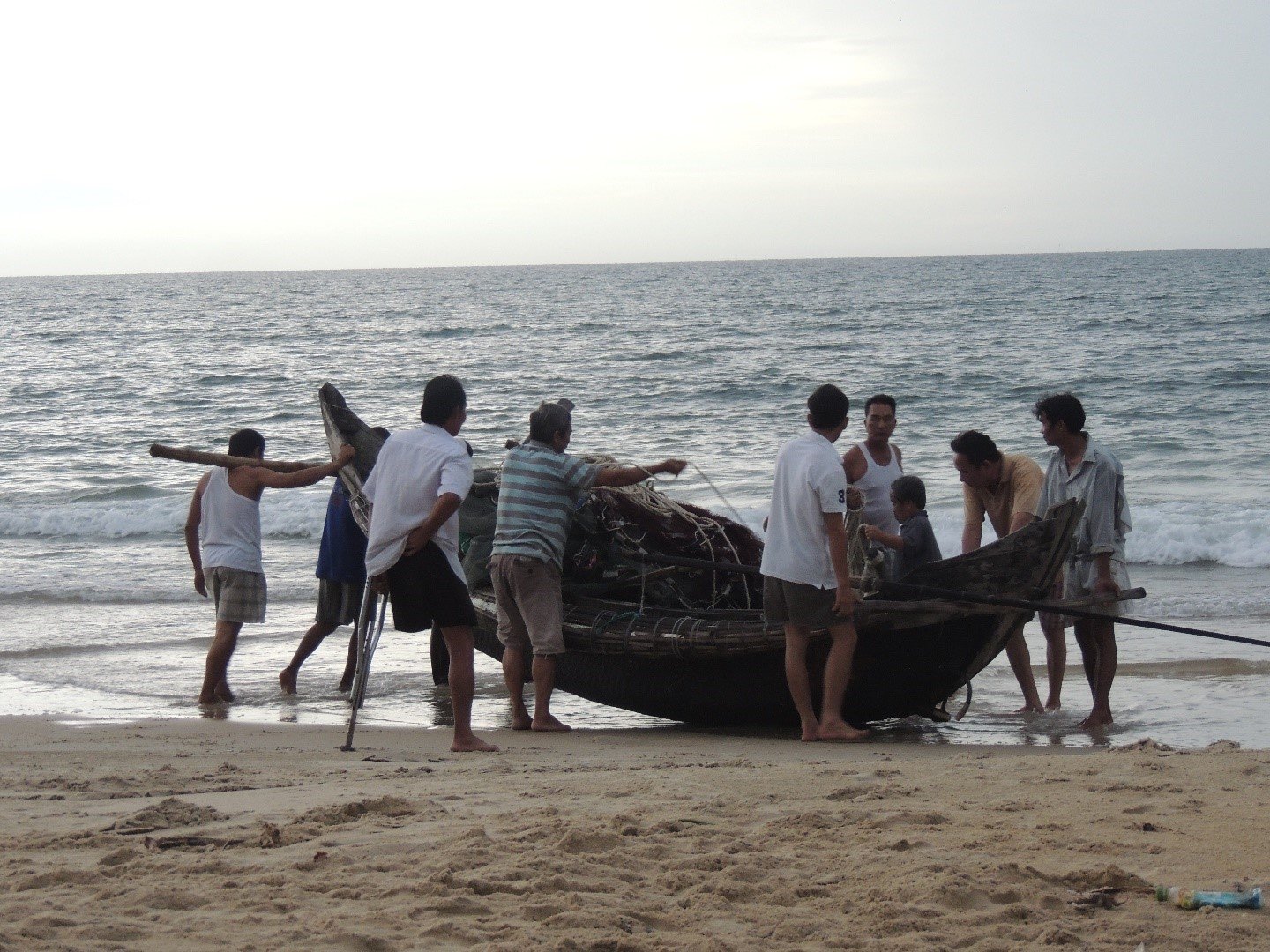
The livelihood of people in Phu Loc - Thua Thien Hue is linked to the sea. Photo: Hai Nam.
A key component of the green growth policy toolkit is to reform and decouple agricultural support from output and input levels to minimize negative environmental impacts. Successful subsidy reform will depend on its packaging and timing as well as its ability to compensate and support those who are adversely affected, placing no limits on the duration or size of producer retirement payments, ensuring farmers permanent exit from commercial production or resource withdrawal, thus facilitating the reclamation of land from production.
Investment support has proven to be the most popular form of structural adjustment payment, especially in the European Union and the United States. They are accustomed to promoting rationalization and restructuring of crop and livestock operations and supporting the processing and marketing of agricultural products. However, investment support is limited in terms of quantity and time.
As part of the transition to green growth, governments can actively promote rural development based on environmental products and services. This includes converting land and resources to produce organic and green products as well as providing ecological services. Grants and support can be expanded to diversify agricultural activities from commodity production to agro-forestry product processing, eco-tourism and craft-related businesses. If it is environmentally and economically feasible, land can be converted to biomass production, including biofuels.
In agriculture as well as other sectors, active labor market policies including skills training are essential to help laborers undertake structural transformation. The adaptive capacity of labor markets in agriculture may be more limited than in other sectors due to agriculture's narrow focus and location-specific factors. There needs to be job protections, unemployment insurance, and a safety net for farmers and farmworkers, and public initiatives to train rural laborers in green skills such as constructing classical buildings, preserving landscapes and habitats, and producing renewable energy.
It is also necessary to increase the participation of farming households in the rural economy in general, including farms with ecotourism activities. Rural economic diversification can be promoted through microcredit and business development programs. Overall, farmers will benefit from vocational training and gain basic business skills in human resource management, networking and market development.
Gender-based programs prove to be useful because it is often women in farming households who initiate and participate in alternative economic activities to agricultural production. First of all, legal barriers to diversification need to be removed, including land use regulations that prevent change of use of existing buildings or new construction, labor regulations that narrowly define agricultural work, and tax regulations limiting allowable income from non-agricultural activities.
Translated by Samuel Pham
![Advanced mariculture – an inevitable trend: [1] Moving offshore](https://t.ex-cdn.com/nongnghiepmoitruong.vn/608w/files/phucpm/2025/05/18/0252-2436-nuoi-bien-6-162148_783.jpg)
(VAN) Mariculture using advanced technology and moving offshore is an inevitable trend, as nearshore areas increasingly reveal limitations.
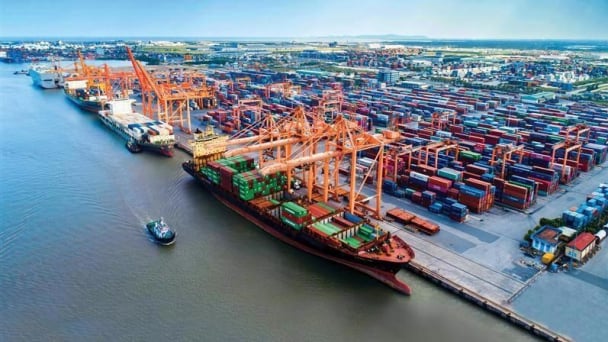
(VAN) South Korea is currently the second-largest investor in Hai Phong in terms of the number of projects (186 projects) and the largest in terms of total registered investment capital, reaching USD 14.2 billion.
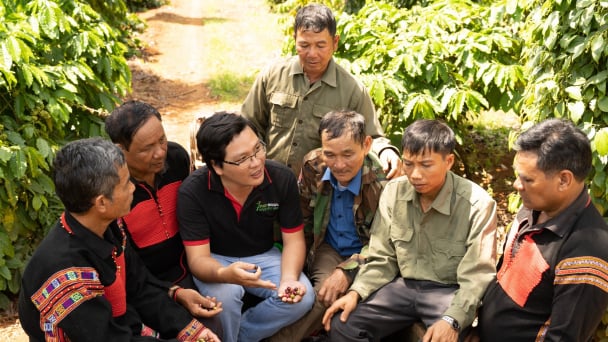
(VAN) As consumers become more environmentally conscious, legal regulations grow increasingly stringent...
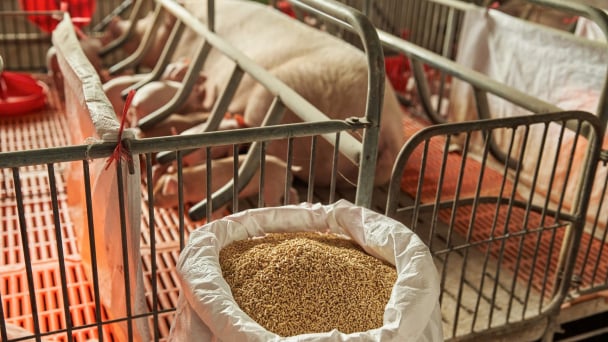
(VAN) CJ Feed&Care officially launched the FCR improvement campaign called “2025 Find Challenge Reach” in April 2025. In Vietnam, this campaign is implemented by CJ Vina Agri.
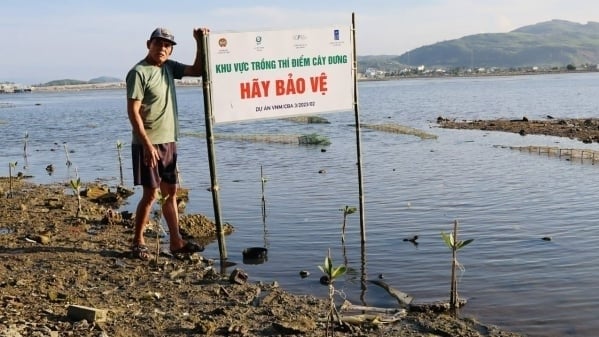
(VAN) The swamp in Pho Thanh is gradually being covered with red mangrove, creating a favorable environment for producing clean, high-quality salt.

(VAN) The trade turnover of agro-forestry-fishery products is growing significantly, along with investment cooperation commitments that are opening up new development directions between Vietnam and Russia.
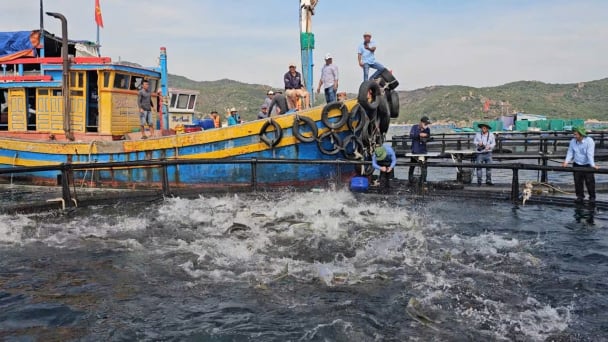
(VAN) Khanh Hoa is investing over 545 billion VND to develop 240 hectares of high-tech marine aquaculture in order to guarantee a consistent supply of seafood exports and achieve the USD 1 billion target.